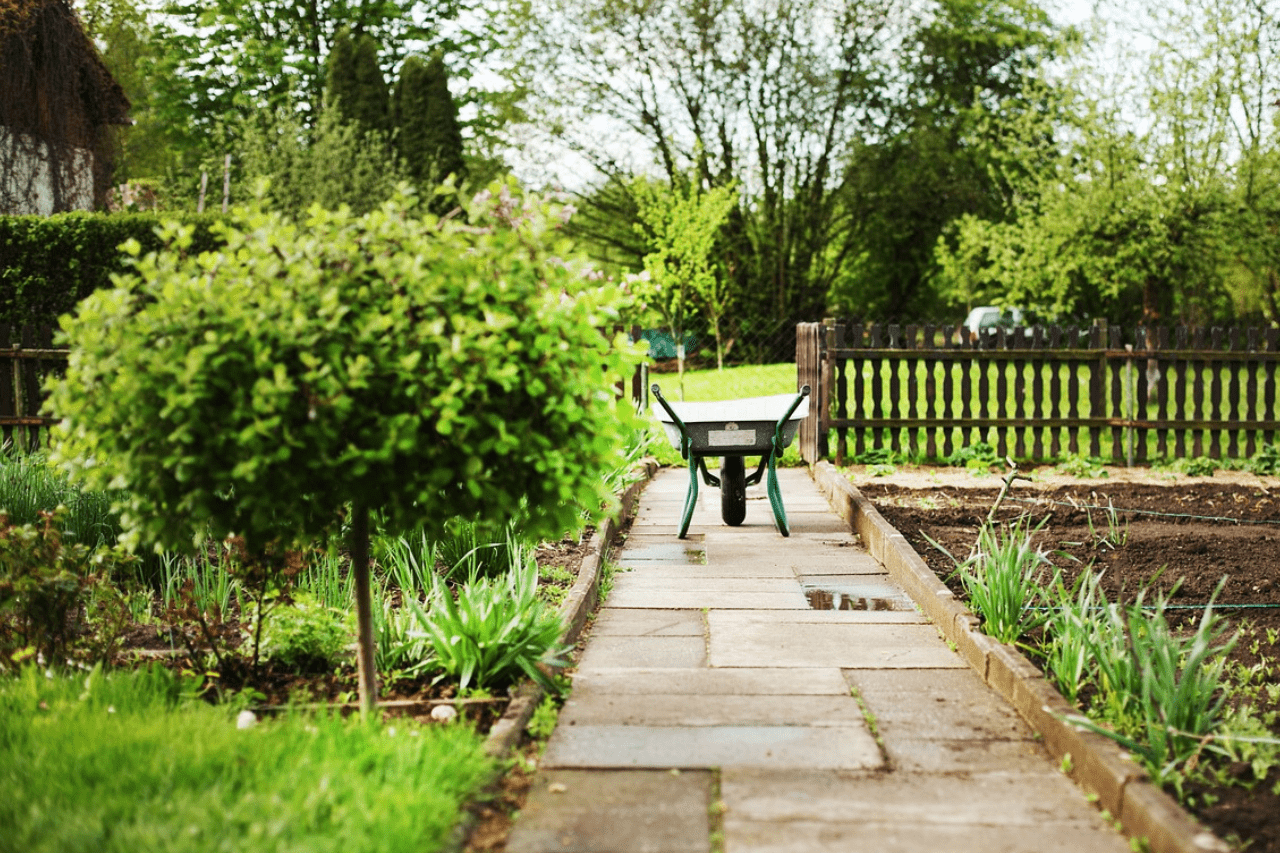In the enchanting landscape of Caledon, amidst its rolling hills and tranquil valleys, stands a silent but majestic presence – the coniferous trees. These evergreen sentinels, with their towering heights and resilient nature, are not just fixtures of the scenery but vital contributors to the region’s ecological richness. In this blog, we embark on a journey to explore the diverse world of coniferous trees in Caledon, unraveling their significance, characteristics, and enduring allure, all woven in simple words to celebrate their timeless beauty.
Understanding Coniferous Trees:
Coniferous trees, often referred to as evergreens, are a distinct group of trees characterized by their needle-like or scale-like leaves and cone-bearing reproductive structures. Unlike deciduous trees that shed their leaves in the fall, conifers retain their foliage year-round, lending a perpetual greenness to the landscape. This resilience to harsh weather conditions makes them well-suited to the temperate climate of Caledon, where they thrive in abundance across forests, parks, and residential areas.
The Diversity Within:
Within the realm of coniferous trees, Caledon boasts a rich tapestry of species, each with its own unique characteristics and adaptations. From the stately Eastern White Pine (Pinus strobus) to the aromatic Eastern Hemlock (Tsuga canadensis), and from the iconic Red Pine (Pinus resinosa) to the hardy White Spruce (Picea glauca), the diversity of conifers in Caledon offers a glimpse into the intricate web of life that sustains the region’s ecosystems.
One of the most iconic representatives of Caledon’s coniferous flora is the majestic Eastern White Cedar (Thuja occidentalis), also known as the Northern White Cedar or Arborvitae. With its graceful, fan-like branches and aromatic foliage, this native species holds a special place in the hearts of residents and visitors alike, adorning landscapes with its timeless elegance and providing vital habitat for wildlife.
The Ecological Significance:
Beyond their aesthetic appeal, coniferous trees play a crucial role in maintaining the ecological balance of Caledon’s ecosystems. As primary producers, they harness sunlight through photosynthesis to convert carbon dioxide into oxygen, thus contributing to cleaner air and mitigating climate change. Moreover, their dense foliage provides shelter and nesting sites for a variety of birds and small mammals, fostering biodiversity and promoting ecosystem resilience.
Coniferous forests also act as natural carbon sinks, sequestering carbon from the atmosphere and storing it in their biomass and soils. This carbon storage capacity helps mitigate the effects of greenhouse gas emissions and contributes to the region’s overall carbon balance. In addition, coniferous trees play a vital role in regulating water cycles, absorbing and releasing moisture through their roots and foliage, which helps maintain healthy soil conditions and reduce the risk of erosion and flooding.
Cultural and Recreational Value:
In Caledon, coniferous trees hold a deep cultural significance, woven into the fabric of local traditions and heritage. From the time-honored practice of harvesting boughs for holiday decorations to the centuries-old craftsmanship of building log cabins and furniture, conifers have been integral to the region’s cultural identity.
Moreover, coniferous forests provide invaluable recreational opportunities for residents and visitors to Caledon. Whether it’s hiking through the shaded trails of Forks of the Credit Provincial Park, skiing along the groomed slopes of Hockley Valley Resort, or simply strolling through the wooded groves of Albion Hills Conservation Area, the presence of coniferous trees enhances outdoor experiences and fosters a deeper connection with nature.
Challenges and Conservation Efforts:
Despite their resilience, coniferous trees in Caledon face an array of challenges, including habitat fragmentation, invasive species, and climate change-induced stressors such as drought and pest infestations. These threats underscore the importance of proactive conservation efforts to safeguard the health and vitality of Caledon’s coniferous forests for future generations.
Fortunately, organizations such as the Credit Valley Conservation Authority and local community groups are actively involved in conservation initiatives aimed at preserving and restoring coniferous habitats. Through tree planting programs, invasive species management, and public education campaigns, these efforts seek to enhance the resilience of coniferous ecosystems and promote sustainable stewardship practices.
Looking to the Future:
As Caledon continues to evolve and grow, the legacy of its coniferous trees remains rooted in the landscape, a testament to nature’s enduring resilience and beauty. By recognizing the intrinsic value of these majestic evergreens and embracing practices that promote their conservation and stewardship, we can ensure that they continue to enrich our lives and inspire future generations to cherish and protect the natural world.
Read More:
5 Fast Growing Trees for Backyard in Ontario
What Trees Should You Plant in the Front Yard in Toronto?
What Trees Should You Plant in the Front Yard in Toronto?
Conclusion:
In the verdant tapestry of Caledon’s landscapes, coniferous trees stand as towering guardians, their silent presence a testament to the enduring beauty and resilience of nature. From the whispering pines to the towering firs, each species embodies a unique story, weaving together a narrative of ecological richness and cultural heritage. As we wander through the forests and parks of Caledon, let us pause to admire the majesty of these evergreen sentinels and reflect on the profound connections they forge between humanity and the natural world. For in their timeless embrace, we find solace, inspiration, and a renewed sense of wonder for the living tapestry that surrounds us.


